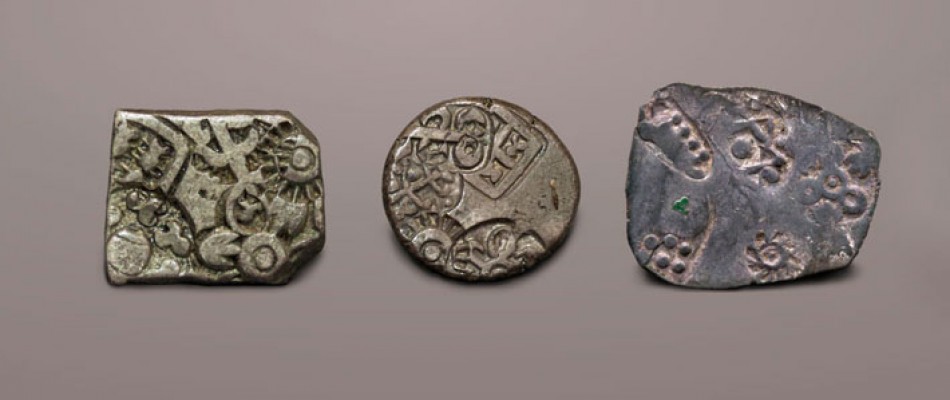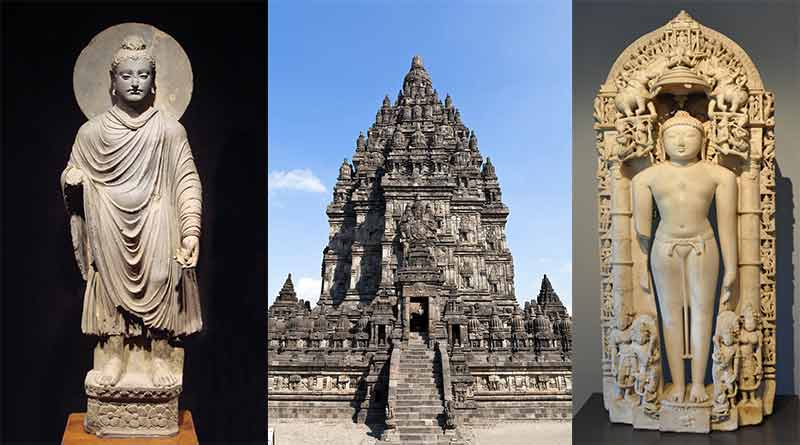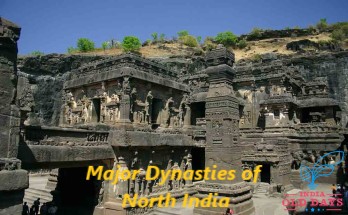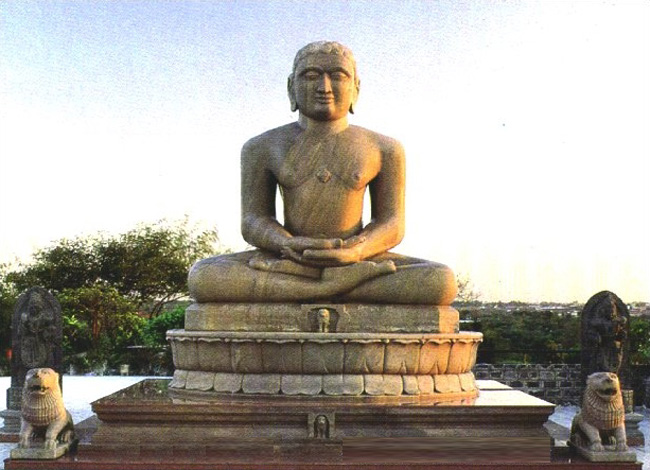Ancient IndiaHistorySource
Archaeological sources of Ancient India

Archaeological sources-
The work of archaeological work in India was started by the Europeans.
Alexander Cunningham is said to be the father of Indian archeology for his invaluable contribution in the field of archeology.
- Shatambha
- Tamra Abibilkh
- Inscription
- Coins
- Seal
Important facts :
- The oldest archive is the archive of Bogasskoyi of Central Asia.
- 1400 BC This archive was written and on this archive, the names of Vedic deities like Indra, Mitra, Varuna etc. are found.
- The most archives in ancient India are found of the Maurya ruler Ashoka.
- Most of Ashok’s records are in Brahmi script.
- Records of Ashoka is Tishree Shata.
- Some of the inscriptions from northern West India that Ashoka found are found in the Kharoshthi script.
- There is a clear mention of Ashoka’s name in the records obtained from Maski, Gurjarra, Nitur and UdayGolan. From these records, light of Ashoka’s dhamma and dominance reveals light.
- The records of Ashoka received from lahumman and Sarekuna are in Greek and Armeic scripts.
- First of all, in 1837, James Prinsep had read the records of Ashoka written in Brahmi script.
- Affected by Dara, Ashok had made records.
- Most records are from Mysore.
- The initial records (before the Gupta period) are in the Prakrit language but the records of the Gupta and Guptaar period have been found in Sanskrit language.
- Yuga Ambassador Heliodorus found evidence of the evolution of Bhagwat Dharma in India in 2nd September in Garuda column article obtained from Besnagar (Vidisha).
- There is a description of the accounts of Hanuraja Torman on the Varaha statue received from Eran of Madhya pradesh.
- From Persepolis and bhistoon Records, it is known that the Iranian emperor had authorized the Indus Valley.
- Recognition of India Year in the records, Hathigumpha records, information about silk weavers, Mandsaur records and evidence of Sati Praitha meet Bhanugupta’s Anne Records.
- The study of inscriptions is called Epigraphy.
- The study of coins is called Currency.
- The oldest coins are called Aahat coins (Punchmark coins). These coins have been karsapana called in the literature. These coins are of 5 V, E, P., etc. These coins are engraved with pens, fish, bull, elephant, semi-moon etc.
- The oldest funds of the damaged currency have been received in eastern Uttar Pradesh and Magadha.
- The old coins were made of copper, silver, gold and lead metal.
- The earliest coins are silver.
- Satavahanas lead the coins of lead.
- Secret rulers run the most gold coins.
- Indo-Bactrian was first introduced in India by the currency of gold.
- Most coins are found in mauryottar period.
- Only symbol are found on the initial coins, but names and dates of kings and goddesses are also mentioned on later coins.
- The first-ever coined coins are the golden coins of the Indo-Greek rulers (Indian-Greek) rulers.
- The coins of seasoned coins made of clay are of the earliest three centuries of Christ, most of them are from the Kushan period.
- In ancient India, the construction of statues began from Kushan period.
- In the sculpture of Bharuch, Bodhgaya and Amravati, the condition of the life of the masses is known.
- The architecture of Indian culture gets introduced with the temples and stoopon.
paintings have an expression of the life of the people. - The Religious Status is known from the seals obtained from Harappa, Mohanjodango.
- The style of construction of the beads shows a foreign influence on the style of Gandhara art, while the style of Mathura art is entirely indigenous.
- Soil seals obtained from Basadh provide information on trade categories.
- Proof of residence from Kashmir’s Neolithic Purvrahm Burj Hohum found the staircases to land.
- Nagar civil style of Uttar- India, Dravid style of south and temple of Dakshinpath are built from Veser style.
Reference : https://www.indiaolddays.com/archaeological-sources





